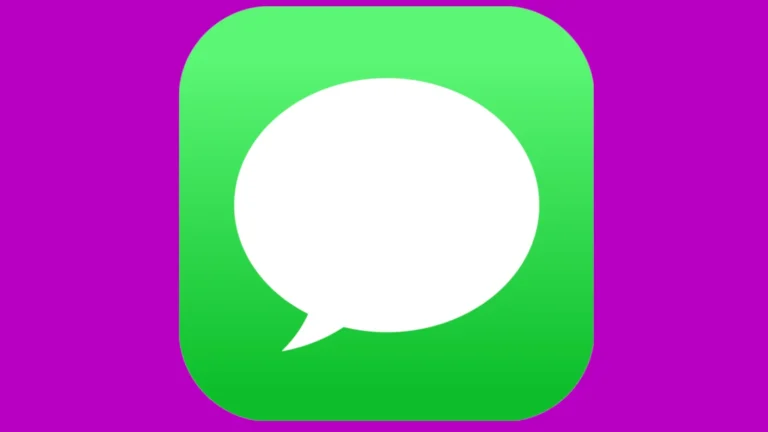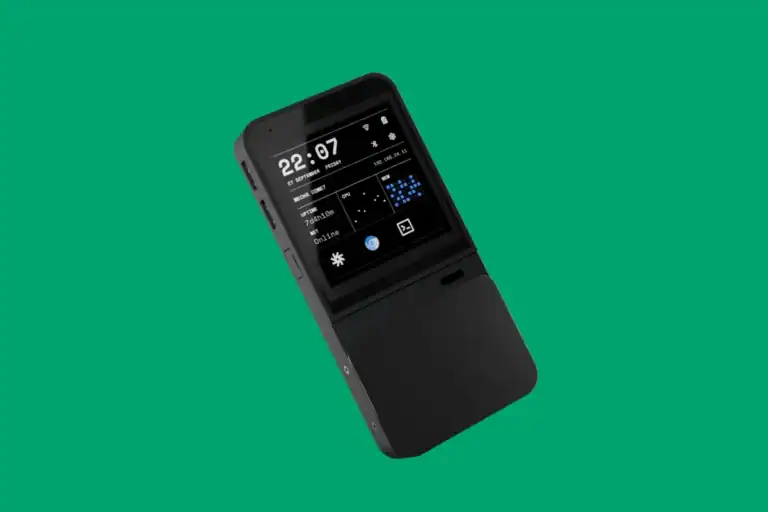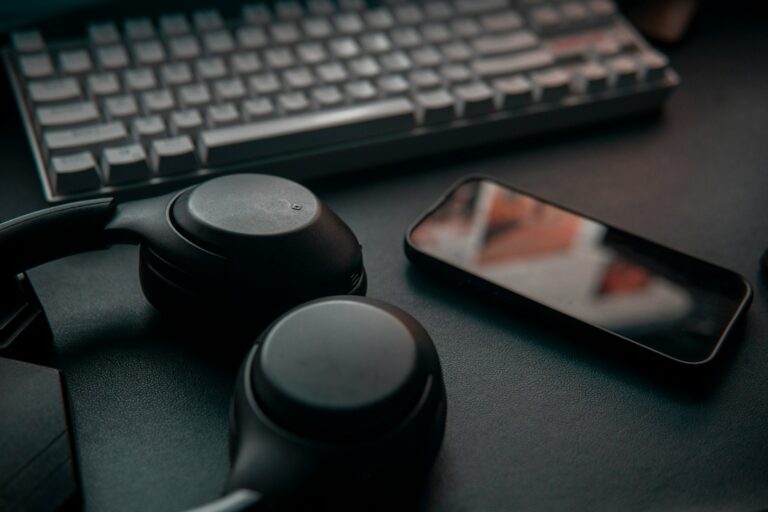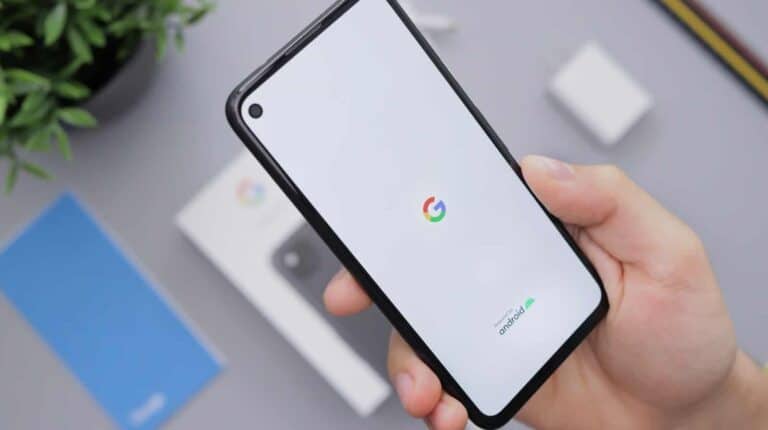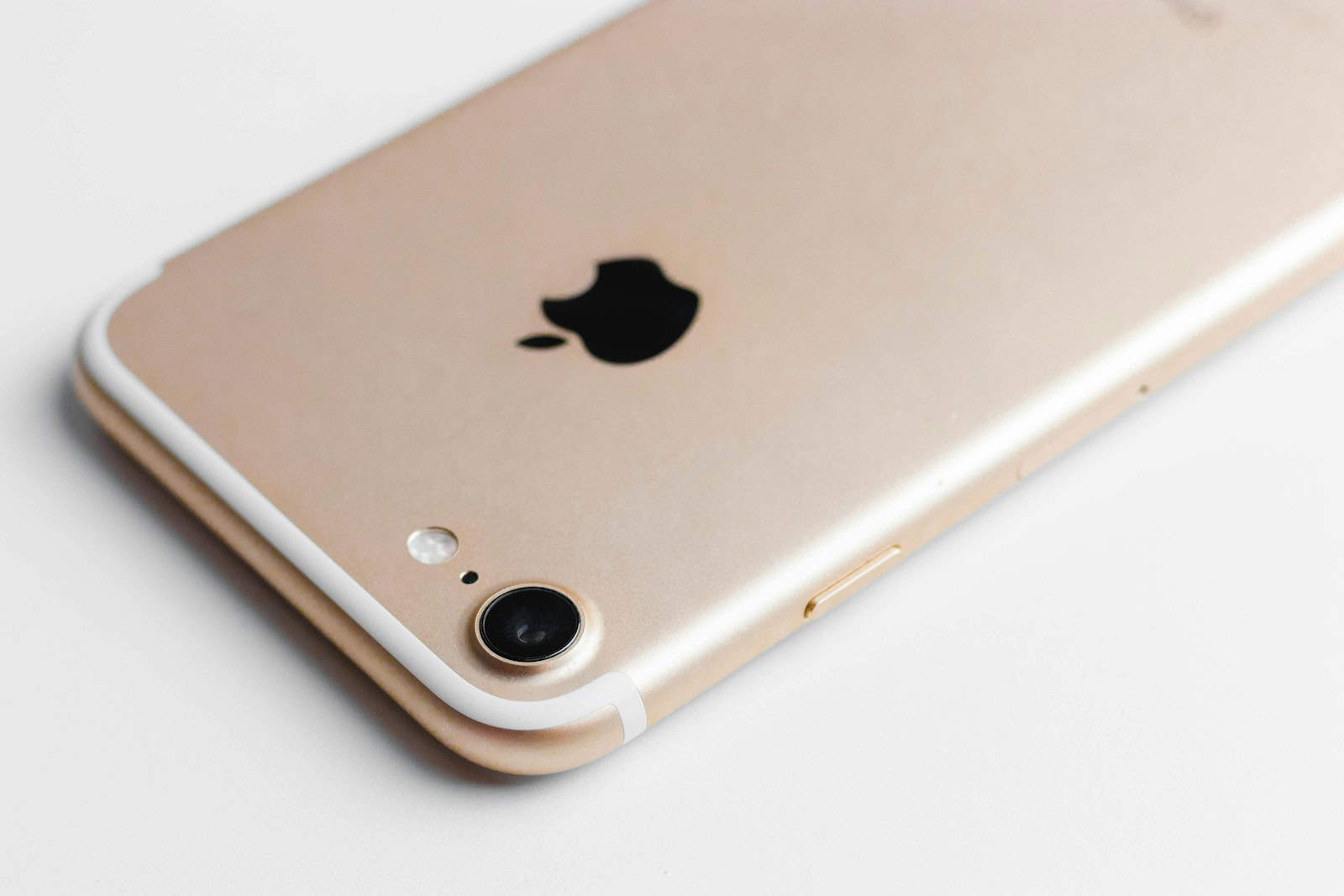
Water in your phone’s microphone can cause muffled audio and communication issues. Quick action is key to prevent long-term damage. To remove water from your phone’s microphone, use a soft, lint-free cloth to wipe away visible moisture, then place the device in a sealed container with silica gel packets or uncooked rice for at least 24 hours.
Some apps generate specific sound frequencies that may help vibrate water out of the microphone. These “water eject” tools can be found through app stores or websites. However, their effectiveness varies, and they should be used cautiously.
If these methods don’t solve the problem, professional repair services may be necessary. Technicians have specialized tools and expertise to address more severe water damage cases without risking further harm to your device.
Saving Your Phone’s Microphone After Water Exposure
Quick Actions to Take Immediately
If your phone’s microphone gets wet, acting quickly is crucial. Here’s what to do right away:
Power Off Your Phone
This is the most important step. Turning off your phone prevents short circuits that can cause permanent damage. Do not attempt to turn it back on until you’re sure it’s dry.
Remove Any Cases or Accessories
Take off any phone cases, screen protectors, or other accessories that might trap water. This will help with the drying process.
Gently Wipe Off Excess Water
Use a soft, dry cloth or towel to carefully wipe off any visible water on the phone’s surface, especially around the microphone area.
Safe Drying Methods
Here are some safe and effective ways to dry your phone’s microphone:
Air Drying
Place your phone in a dry, open area with good airflow. You can use a small fan to gently circulate air, but avoid using a hairdryer or any other source of heat, as this can damage the phone’s internal components.
Using Desiccants
Place your phone in a sealed container with desiccant packets, such as silica gel packets (those little packets you find in shoe boxes or new electronics). These absorb moisture from the air. You can also use uncooked rice as a less effective but readily available alternative. Leave the phone in the container for at least 24-48 hours.
Things to Absolutely Avoid
These methods can cause more harm than good:
Using a Hairdryer or Heat Gun
Heat can damage delicate internal components, including the microphone.
Inserting Objects into the Microphone Port
Avoid using cotton swabs, paper clips, or anything else to try and clean the microphone port. This can push debris further in or damage the microphone itself.
Using Compressed Air
While compressed air can remove dust, it can also force water deeper into the phone.
Testing Your Microphone
After allowing sufficient drying time (at least 24-48 hours), try testing your microphone. You can do this by making a test call or using a voice recording app. If the microphone still isn’t working correctly, you may need to seek professional repair.
Preventing Future Water Damage
The best way to deal with water damage is to prevent it in the first place. Consider using a waterproof phone case or being extra cautious around water.
Key Takeaways
- Wipe visible moisture and use desiccants like silica gel or rice to absorb water
- Sound wave apps may help vibrate water out of the microphone
- Seek professional help if DIY methods fail to restore microphone function
Immediate Response to Water Exposure
Quick action is crucial when your phone’s microphone gets wet. Proper steps can prevent damage and save your device. Here’s what to do right away:
Turn Off and Disconnect the Device
Power down your phone immediately. This stops electrical currents that could cause short circuits. Remove the battery if possible. Unplug any connected chargers or accessories. Don’t turn the device on to check if it works. Leave it off for at least 48 hours to dry completely.
For non-removable batteries, power off the device using the physical buttons. Avoid pressing the power button multiple times. This might activate the screen and cause more damage.
Remove Excess Water
Gently shake the phone to expel water from ports and openings. Use a soft, lint-free cloth to wipe the exterior. Tilt the phone at different angles to help water flow out of the microphone port.
Don’t use cotton swabs or paper towels. These can leave fibers behind or push water deeper into the device. Avoid heat sources like hair dryers, as they can damage internal components.
Use of Compressed Air and Vacuum
Compressed air can help remove water from the microphone port. Hold the can upright and spray in short bursts. Keep the nozzle at least 6 inches away from the port to avoid forcing water deeper.
A vacuum cleaner can also extract moisture. Use the smallest attachment and hold it near the microphone opening. Don’t let the nozzle touch the phone. Run the vacuum for 15-20 seconds at a time.
Be careful with both methods. Excessive force can damage delicate components. If you’re unsure, seek professional help.
Drying Out the Microphone
Removing water from a phone microphone requires careful techniques to avoid damage. The most effective methods include air drying, using silica gel packets, and avoiding heat sources.
Air Dry Method
The air dry method is a simple yet effective way to remove water from a phone microphone. Place the phone in a well-ventilated area with good air circulation. Ensure the device is positioned with the microphone facing downwards to allow water to drain out naturally.
Leave the phone untouched for 24-48 hours. Resist the urge to turn it on or use it during this time. Patience is key to allow moisture to evaporate fully.
For faster results, use a small fan to gently blow air across the microphone area. This increases air circulation and speeds up the drying process.
Silica Gel Packets Technique
Silica gel packets are highly effective at absorbing moisture. Place the phone in an airtight container with several silica gel packets. These can be found in shoe boxes, vitamin bottles, or purchased separately.
Arrange the packets around the phone, ensuring some are near the microphone area. Seal the container tightly and leave it undisturbed for 24-48 hours.
Check the phone after this period. If moisture remains, replace the silica gel packets and repeat the process. This method is safe and does not risk heat damage to the device.
Avoiding Heat Sources
While it may be tempting to use heat to dry a wet microphone, this can cause serious damage to the phone. Avoid using hairdryers, ovens, or direct sunlight to dry the device.
Heat can warp internal components, melt adhesives, and cause further damage to the microphone and other parts. Stick to room temperature air drying or silica gel packets for safe and effective results.
If the microphone still doesn’t work after these methods, consider professional repair services to avoid causing further damage to the device.
Materials to Avoid When Drying
Some common drying methods can damage your phone or push water deeper into the device. Certain substances may also cause corrosion or other harm.
The Rice Myth
Uncooked rice is not effective for drying wet phones. It absorbs little moisture and can leave dust in ports. Rice grains may get stuck in openings.
Better alternatives exist:
- Silica gel packets
- Instant couscous
- Instant oatmeal
- Cat litter
These materials draw out moisture more effectively than rice. Place the phone in an airtight container with the drying agent for 24-48 hours.
Don’t turn on or charge the device during this time. Remove the battery if possible.
Potential Corrosive Substances
Avoid these liquids when drying a wet phone:
- Salt water
- Detergent
- Mouthwash
- Alcohol-based products
These can cause corrosion or damage internal components. Salt conducts electricity and speeds up corrosion. Detergents leave residue. Mouthwash contains corrosive ingredients.
Stick to gentle wiping with a soft, lint-free cloth. Let the phone air dry naturally. A fan can help circulate air. Don’t use heat sources like hair dryers.
Seeking Professional Repair Services
When home remedies fail to revive a water-damaged phone microphone, professional help becomes crucial. Certified technicians possess specialized tools and expertise to diagnose and fix complex issues.
Many repair shops offer free assessments. They can determine the extent of water damage and provide cost estimates for repairs. Prices vary based on the phone model and damage severity.
Professional services often include:
- Ultrasonic cleaning
- Component replacement
- Waterproofing treatments
Technicians may also address other water-related problems affecting battery life or sound quality. Some shops provide temporary phones during repairs.
Consider purchasing a waterproof case after repairs to prevent future incidents. These cases offer protection against accidental spills and submersion.
Reputable repair centers use high-quality replacement parts. This ensures restored functionality and maintains the phone’s resale value. They often provide warranties on their work, offering peace of mind.
Time is critical with water damage. Seek professional help promptly to increase chances of successful repair. Delaying can lead to corrosion and permanent damage.
Frequently Asked Questions
Water damage to phone microphones is a common issue. Several methods can help remove moisture and restore functionality.
What are the steps to remove water from a phone microphone for an iPhone?
Turn off the iPhone immediately. Gently tap the phone against your hand with the microphone facing down. Use a soft, lint-free cloth to wipe away visible moisture. Place the iPhone in a container of uncooked rice or silica gel for 24-48 hours.
Avoid charging the device during this time. After drying, test the microphone to ensure it’s working properly.
What is the procedure to fix a wet microphone on an Android device?
Power off the Android phone right away. Remove the battery if possible. Gently shake the device to expel excess water. Use a clean, dry cloth to absorb visible moisture.
Place the phone in a sealed bag with silica gel packets for at least 24 hours. Reassemble the device and test the microphone before regular use.
Can water in a phone microphone cause permanent damage, and how can it be addressed?
Water can indeed cause permanent damage to a phone microphone. Corrosion of internal components may occur if moisture is left untreated. Quick action is crucial to prevent long-term issues.
If damage persists after drying attempts, professional repair or microphone replacement may be necessary.
How can you dry out a wet microphone on a Samsung phone?
Power off the Samsung phone immediately. Remove the back cover and battery if possible. Gently shake out excess water. Use a soft, absorbent cloth to remove visible moisture.
Place the phone in a container of uncooked rice for 24-48 hours. Reassemble and test the microphone before regular use.
What methods are recommended for clearing water from a microphone on a smartphone?
Use a vacuum cleaner on its lowest setting to gently suction water from the microphone port. Try using compressed air, holding the can upright and spraying in short bursts.
A low-heat hair dryer can be used, keeping it at least 6 inches away from the device. Always exercise caution to avoid causing additional damage.
Are there any effective DIY solutions to fix a waterlogged speaker on a mobile phone?
Create a mixture of 90% isopropyl alcohol and distilled water. Apply a small amount to the speaker using a cotton swab. This can help displace water and evaporate quickly.
Use sound-based water ejection apps that play specific frequencies to vibrate water out of the speaker. These methods should be used cautiously to avoid further damage.

